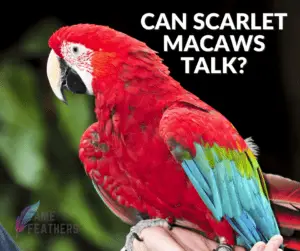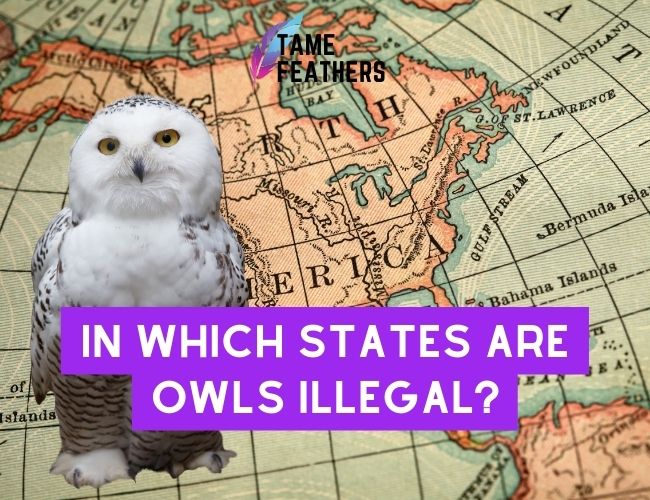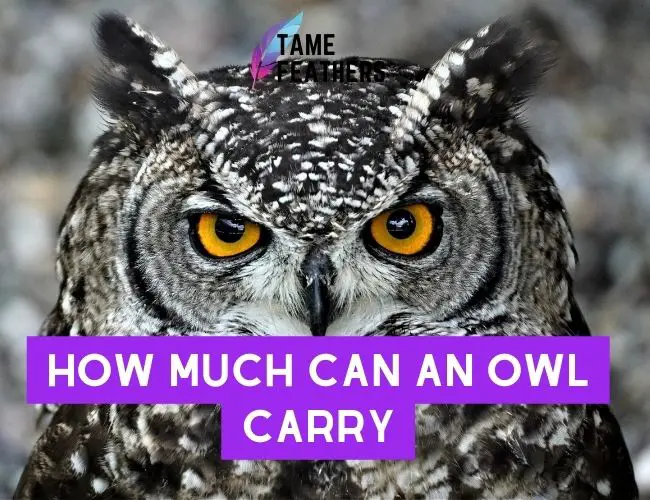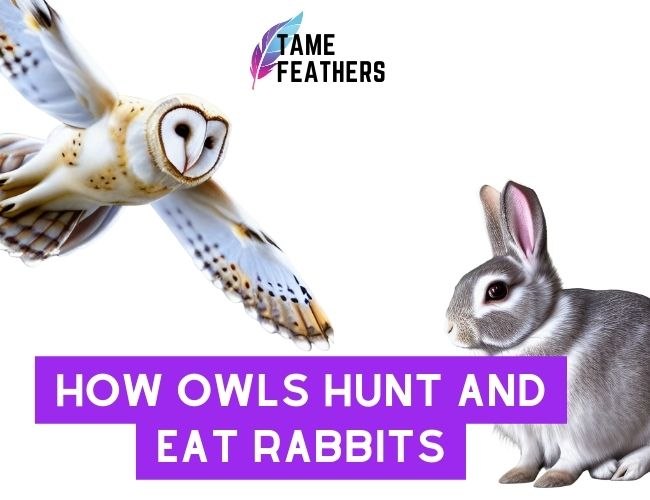The night sky is full of secrets, and one of its biggest enigmas is the mating habits of owls. Are owls monogamous? Do they mate for life? The answers to these questions are more complex than you might think. In this article, we’ll take a deep dive into the fascinating mating behaviors of owls to uncover the truth about their relationships.
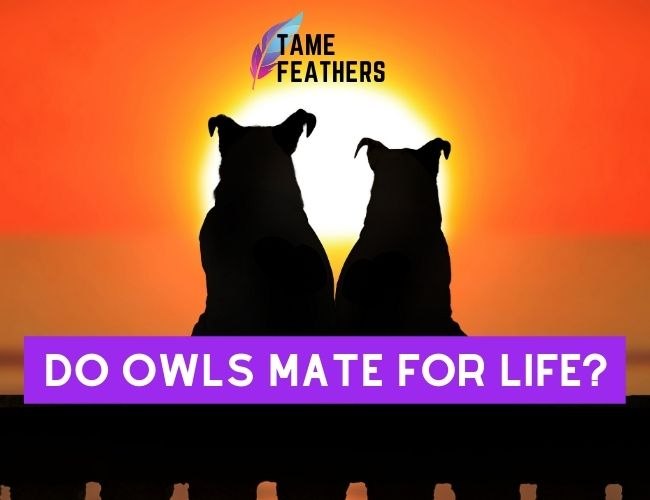
Secrets of the Night: Do Owls Mate for Life?
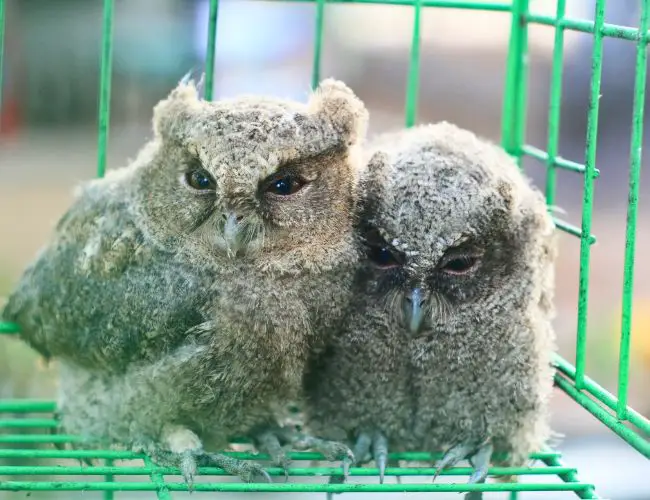
The question of whether owls mate for life is one of the most mysterious secrets of the night sky.
But, while the answer may not be so clear-cut, there are some interesting facts that point to the possibility that some species of owls may form monogamous relationships.
One of the first clues to this possibility lies in the fact that some species of owls form long-term pair bonds.
These bonds are often characterized by mutual displays of affection, such as preening and bill-touching.
This behavior suggests that owls may form strong emotional attachments to one another, which could possibly lead to a longer-term relationship.
Another clue to the possibility of owl monogamy lies in the fact that some species of owls are known to return to the same nesting site year after year.
This suggests that they may be forming a bond with their mate and returning to the same area to raise their young.
Unveiling the Mysteries of Owl Monogamy
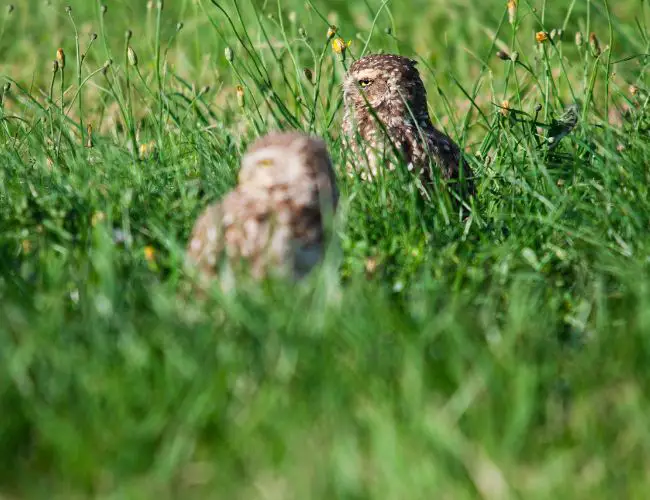
Monogamy is not common among birds, but some species of owls appear to be forming long-term pair bonds.
This behavior has been observed in species like the Great Horned Owl, which is known for its high degree of nesting fidelity.
This means that the owls often return to the same nesting sites year after year, which suggests that they may be forming strong emotional attachments to one another.
Other species of owls also demonstrate behavior that suggests that they may be forming long-term pair bonds.
For example, some species of owls are known to engage in mutual preening behavior when they encounter one another.
This suggests that the owls may be forming strong emotional bonds with one another, and that these bonds may be strong enough to last for multiple breeding seasons.
A Closer Look at the Nature of Owl Relationships
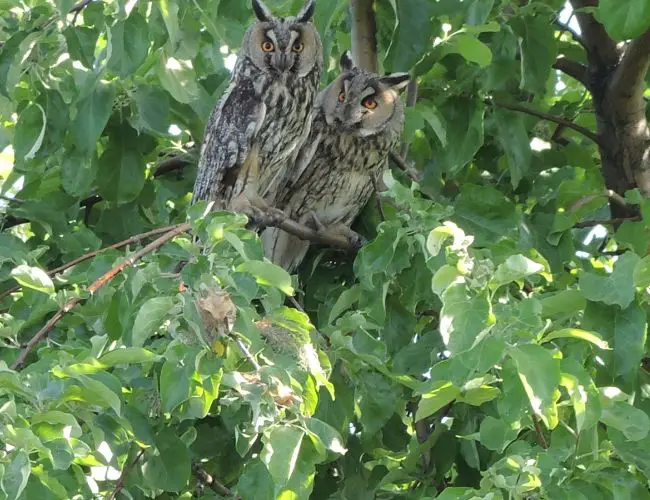
When examining the nature of owl relationships, it is important to consider the fact that different species of owls may have different mating habits. While some species of owls may be monogamous, other species may be less so.
For example, some species of owls, such as the Northern Pygmy Owl, are known to form long-term pair bonds.
This suggests that they may form strong emotional attachments with one another, and that these bonds may last for many breeding seasons.
On the other hand, some species of owls, such as the Eagle Owl, are known to be more promiscuous.
This suggests that they may not form long-term pair bonds, and that they may form relationships with multiple partners over the course of a breeding season.
The Benefits of Long-Term Owl Partnerships
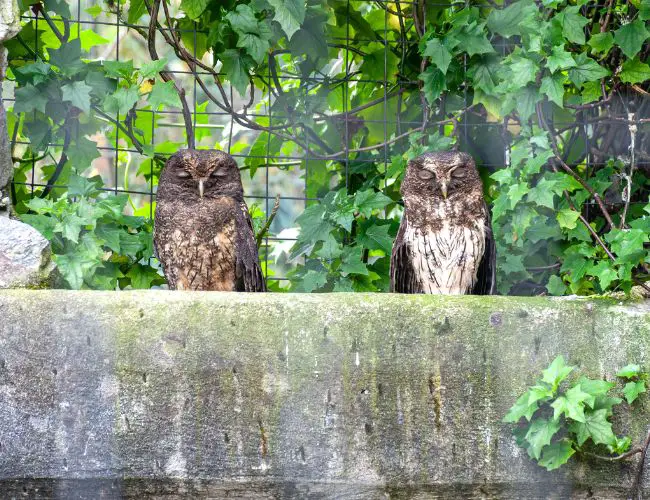
Long-term partnerships between owls can provide a number of benefits, including increased parenting success and increased protection from predators.
For example, when owls form long-term pair bonds, they are more likely to engage in cooperative parenting behaviors, such as food sharing and nest defense. This can help to ensure that their young are well-cared for and have a higher chance of survival.
In addition, long-term pair bonds between owls can provide an increased level of protection from predators.
Owls that form long-term pair bonds are better able to recognize and respond to potential threats, allowing them to better protect their nest and young.
A Deep Dive into the Behaviors of Owl Couples

Owl couples that form long-term pair bonds often engage in a variety of behaviors that suggest strong emotional attachments.
For example, some species of owls are known to engage in mutual preening behavior when they encounter one another. This suggests that they may be forming strong emotional bonds with one another, and that these bonds may be strong enough to last for multiple breeding seasons.
In addition, some species of owls are known to engage in vocal displays of affection, such as duetting and hooting.
This behavior suggests that the owls may be forming strong emotional attachments to one another, and that these emotional bonds may be strong enough to last for multiple breeding seasons.
Examining the Uniqueness of Owl Love
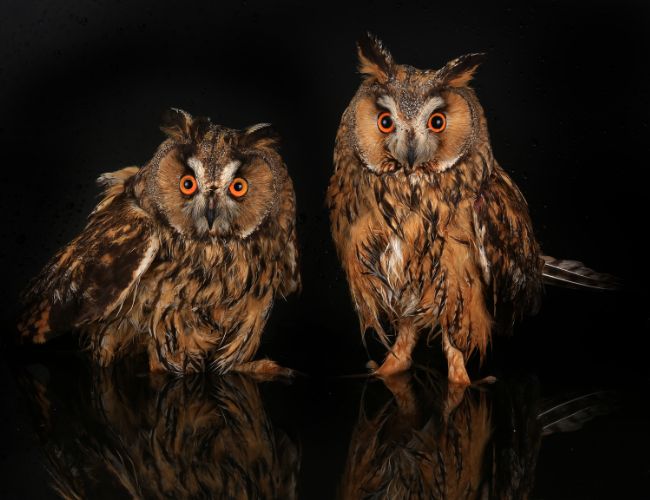
When it comes to the unique nature of owl love, one thing is certain: owls form strong emotional attachments to one another, and these attachments may last for multiple breeding seasons.
Whether these emotional attachments are strong enough to form long-term pair bonds remains to be seen.
What is certain, however, is that the mating behaviors of owls are fascinating and mysterious.
From mutual displays of affection to vocal displays of affection, there is much to be learned about the unique nature of owl love.
And, while the answers may not always be clear-cut, one thing is certain: the secrets of the night sky remain as mysterious and fascinating as ever.

